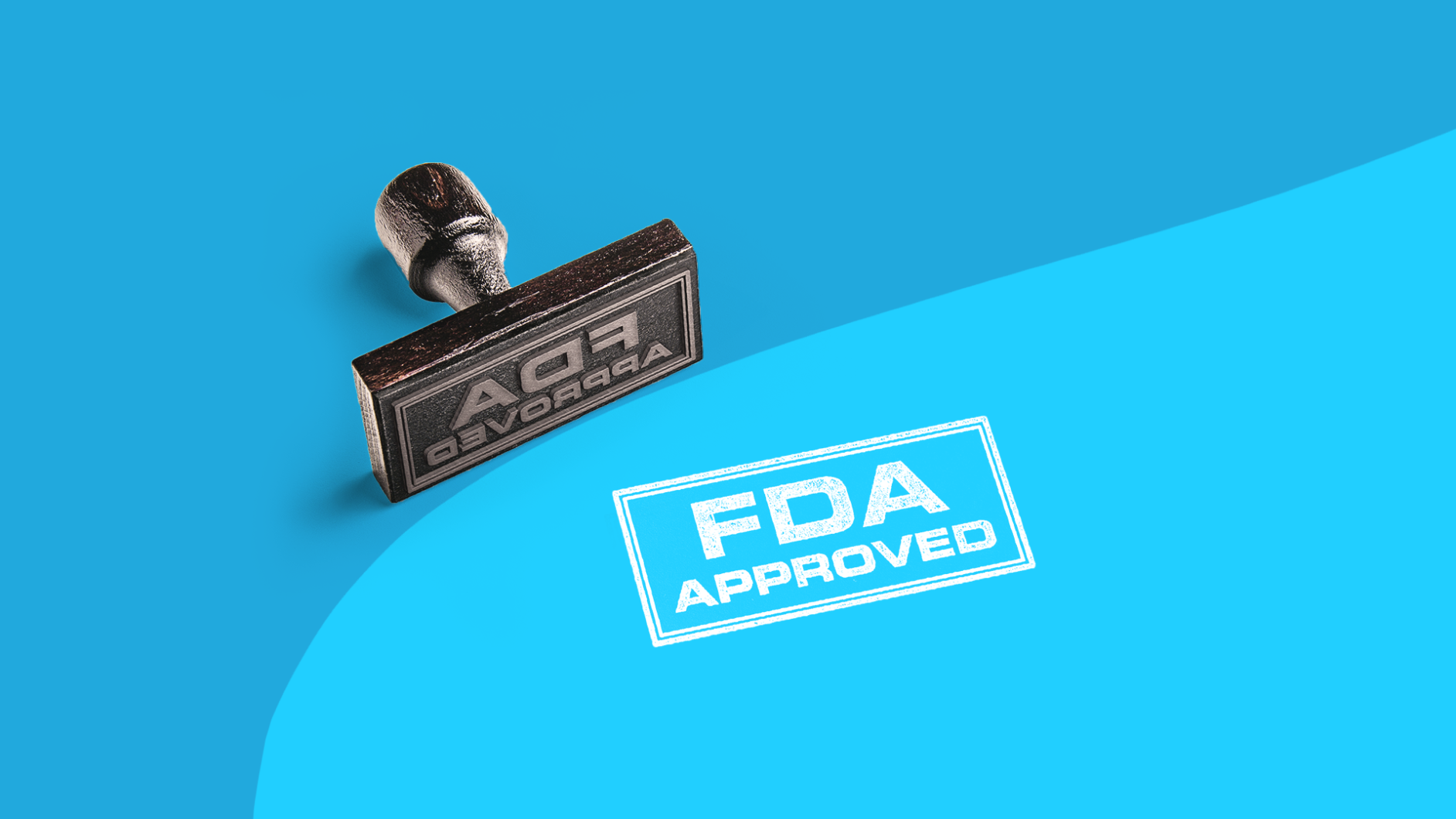The U.S. Food and Drug Administration (FDA) approved Voltaren 1% to be sold over the counter (OTC) through a process called the prescription to OTC switch. The topical gel medication provides temporary relief of osteoarthritis pain.
More than 30 million adults in the U.S. currently have osteoarthritis, according to the Centers for Disease Control and Prevention (CDC). Among them, more than 8.5 million received a prescription for diclofenac sodium (Voltaren generic) in 2017. Voltaren’s manufacturer, GlaxoSmithKline, says that the topical gel form of the medication will be available to purchase without a prescription by spring 2020, and it will be sold under the name Voltaren Arthritis Pain.
What is Voltaren?
Voltaren is a topical nonsteroidal anti-inflammatory drug (NSAID), says Ramzi Yacoub, Pharm.D., chief pharmacy officer for SingleCare. Voltaren originally received FDA approval as a prescription drug in 2007. It is designed specifically for arthritis-related pain, swelling, and stiffness in the hands, knees, and feet. It has not been studied for arthritis in the spine, hips, or shoulders. It is also not effective for treatment of strains, sprains, bruises, or sports injuries.
How does Voltaren gel work?
The medication works by blocking the production of the body’s pain-signaling chemicals in the particular area of the body to which it is applied. Though it is rubbed onto the skin, Voltaren should be not used in conjunction with other NSAID pain relievers, like ibuprofen or naproxen. The double-NSAID combination would increase the risk of side effects, such as kidney problems and stomach ulcers.
Furthermore, Voltaren is not meant for long-term use. Pain should begin to improve within seven days of using the medication, says Dr. Yacoub. If it does not, he recommends speaking to your doctor in case something more serious is causing your pain.
What is the prescription to over-the-counter switch?
The prescription to OTC switch is a process whereby the FDA reclassifies a prescription medication, allowing it to be sold over-the-counter. This can only occur when the FDA officially determines that “consumers can use it safely and effectively without professional guidance.” Sometimes, the FDA’s internal review process instigates the switch. Typically, however, drug manufacturers request that a drug be reclassified.
The FDA grants reclassification if and when clinical data supports the safety and efficacy of OTC use. The OTC use must be for a condition that is “easily identifiable by consumers.” The process has resulted in the reclassification of numerous medications over the years—since 2001 alone, close to 40 medications have undergone the prescription to OTC switch, the FDA reports.
In Voltaren’s case, GlaxoSmithKline requested the reclassification. The company reports that “clinical data demonstrated a consistent and appreciable onset of pain relief as early as week one.” Not only that, the company’s research indicates that Voltaren’s drug facts label is easy for consumers to understand. Meaning, patients are able to “make an appropriate selection decision for self-care to treat arthritis pain.” Details on the applicable data and research that led to the prescription to OTC switch will be released closer to the Voltaren OTC launch date, says Caitlin Kormann, US Brand Communications Lead of GSK Consumer Healthcare.
What does the reclassification of Voltaren mean for patients?
The ability to purchase Voltaren gel over the counter is great news for people who need the medication, Dr. Yacoub says. “It provides additional options for patients who need pain relief, but may not be able to see their doctor,” he explains.
However, it is still imperative that you speak to a healthcare provider or pharmacist about Voltaren—especially if you have never taken it before. “Even though it is OTC now, there are still side effects you may experience and potential drug interactions with other medications you may be taking,” Dr. Yacoub adds. Your pharmacist can be a great resource in helping you make sure your other medical conditions, as well as any medications you take, are compatible with Voltaren Gel.
It is also extremely important that patients continue to use the medication as directed, he says. This means speaking to your doctor about other options if a) the pain hasn’t improved within seven days and b) you feel you need to use it for more than 21 days (the maximum recommended length of treatment).
Pricing information is not yet available for OTC Voltaren—GSK says it will be announced (along with the supporting data) closer to the spring 2020 launch date. Currently, however, the average out-of-pocket price for a 100 gram tube of the generic prescription version of Voltaren 1% gel is about $50.




